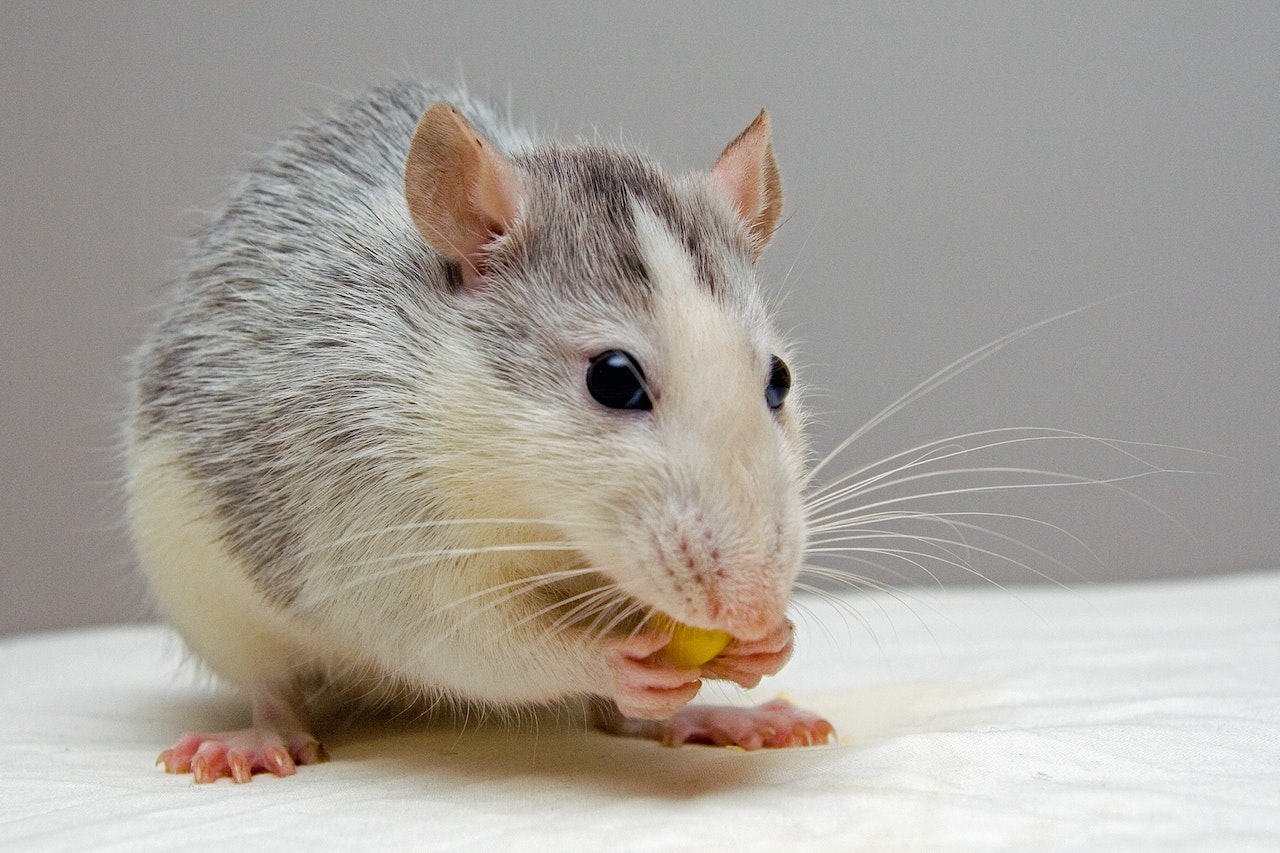
Tenant or Landlord: Who is on the Hook for Mouse Infestation?
October 25, 2022
Any adult involved in a tenant/landlord relationship will know there can be disagreements over who is responsible for any damage discovered in the property. These issues usually involve minor sums of money, but serious damage can occasionally occur. For many people who plan to offer an apartment or condo for rent or rent one themselves, it can be useful to examine how the courts interpret disagreements over significant issues related to the damage of rental property. Doing so can better prepare our readers in the event that civil litigation occurs as a result of an impasse over assigning responsibility. That happened to two parties in a recent Provincial Court of Alberta decision.
Mouse infestation found after tenants move out
The issue began to work its way through the court system in June 2021. The plaintiff’s landlord alleged that the defendant tenant vacated a property they had been renting. When the plaintiff’s new tenant moved into the property, they discovered evidence of what was described as a “long-standing mouse infestation.” Following the discovery, the plaintiff filed a statement of claim seeking $8,179.21 in damages related to the removal of the infestation and the remediation of the property.
The defendant failed to file a statement of defence, which led to a hearing where evidence was heard about the damage. We eventually proceeded to the hearing we are discussing here, where the original scope was to determine what damages should be awarded.
The Property Manager of the plaintiff’s organization provided a written report from the pest control contractor hired to deal with the infestation. The contractor was not there to testify, but the court accepted their document as reliable.
The report stated that the contractor found evidence that the infestation was long-term. There were holes discovered in baseboards in the house, as well as “heavy” contamination of mouse urine and feces in some areas.
Although the court was unable to learn exactly how long the infestation had occurred, it was presented with details related to the expense of cleaning it up. The pest control contractor charged $262.50, but the heavy expenses came from the cost associated with restoring the property, which is where the rest of the damages claimed came from.
Inspection showed no sign of infestation
The court noted that the infestation was not discovered while the defendant was a tenant, and the inspection held when they moved out also showed no signs of it. Furthermore, inspections were performed on the property every six months during the year, and half the defendants lived there. Again, there were no signs of trouble during these inspections. Only when the new tenant moved in were signs discovered and the plaintiff was alerted.
During initial conversations, the defendant told the plaintiff that she was not aware of any mouse problems and thought the plaintiff was joking when they brought it up.
The court summarized the knowledge of the infestation at this time as follows,
“The evidence illustrates the knowledge of the infestation eluded the Defendant over the course of the tenancy, the regular inspection of the premises by the landlord’s representative, the inspection undertaken by the Plaintiff and the Defendant upon the Defendant vacating the premises, and the inspection of the premises by the Plaintiff and the new tenant who rented the subject property from the Plaintiff after the Defendants vacancy thereafter.”
Who is ultimately responsible?
The plaintiff took the position that the defendant should be liable for the costs associated with getting rid of the mice and repairing the property because the infestation appears to have occurred during their tenancy. This is the same logic that a landlord might rely on if they found out that a window had been broken while a tenant was renting property.
However, a mouse infestation is not the same as run-of-the-mill damage. The court referred to the Residential Tenancy Act, which states that landlords must meet at least the very minimum standards required by the Public Health Act, citing specifically that “the owner shall ensure that the premises are free of rodent and insect infestations.” This means, the court explained, that not only was the defendant not responsible for ensuring there were no infections in the property, but the plaintiff was. Instead, the responsibility of the tenant is to “not do or permit significant damage to the premises, nor the common areas or the property of which they form a part.” However, even if a tenant was to do something to create an infestation, it is still the landlord’s responsibility to mediate the problem. In this case, the infestation occurred, the court said, because the plaintiff had not taken the steps necessary to prevent mice from entering the premises.
Because of the facts, even though the defendant had been noted in default, the court didn’t only decline to calculate the damages. Instead, there was no arguable cause of action against the defendant, or at least there was no evidence that showed one. The court dismissed the plaintiff’s claim.
Contact HMC Lawyers on matters related to Civil Litigation
When it comes to civil litigation, the advocacy team at HMC Lawyers has experience representing commercial clients, such as property management companies, in disputes impacting a wide range of operations, including business and corporate disputes, as well as commercial contract claims. We understand the cost that commercial disputes can have in both financial terms and reputation. That’s why our team looks to identify ways to resolve issues more efficiently, including mediation or negotiated settlements. With that said, we are prepared to litigate on behalf of our clients when needed. To find out how we can help you identify and act on your responsibilities as a commercial business, reach us online or call us at 1-800-480-3534.
